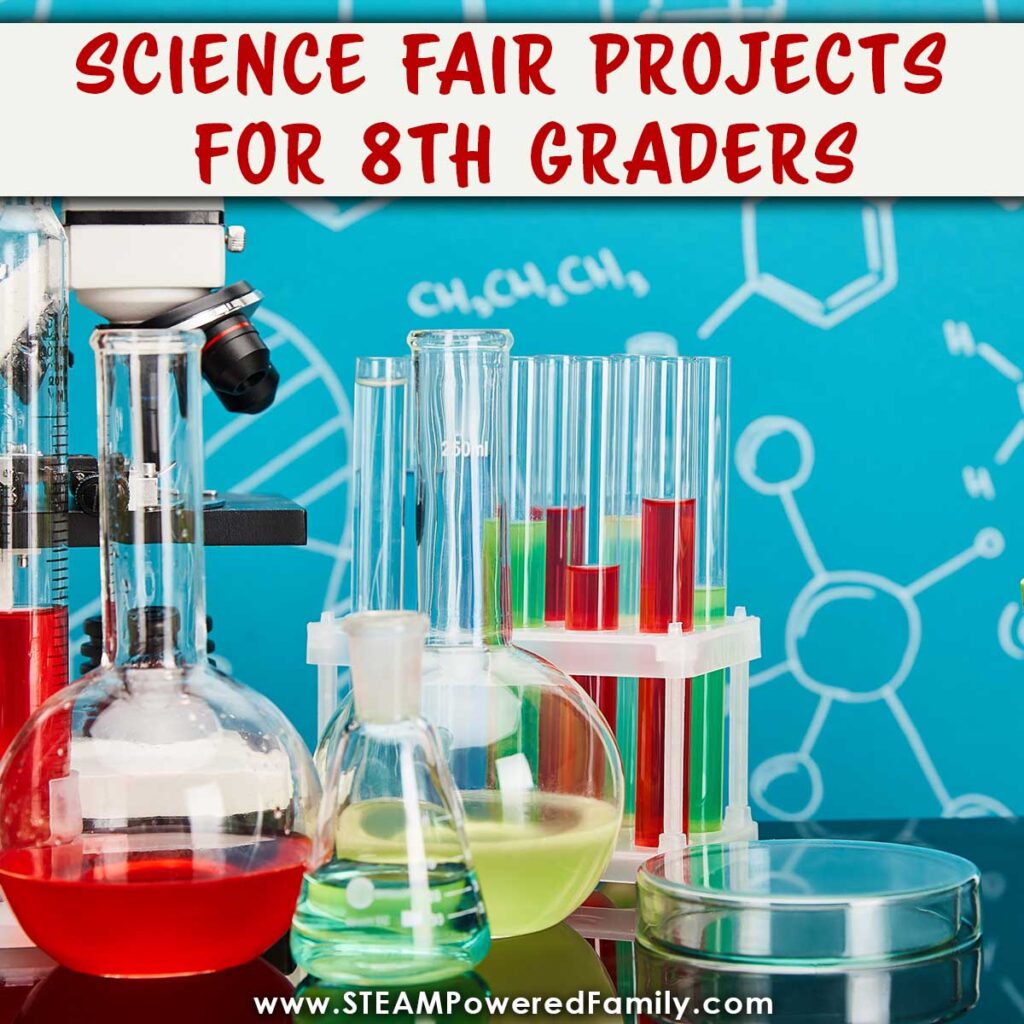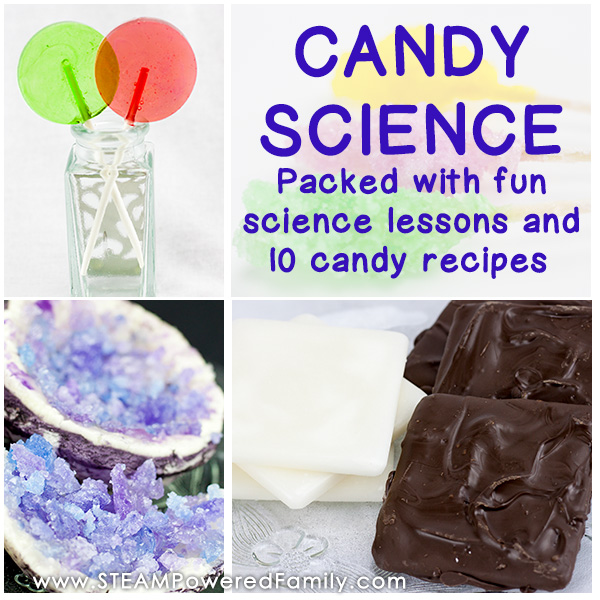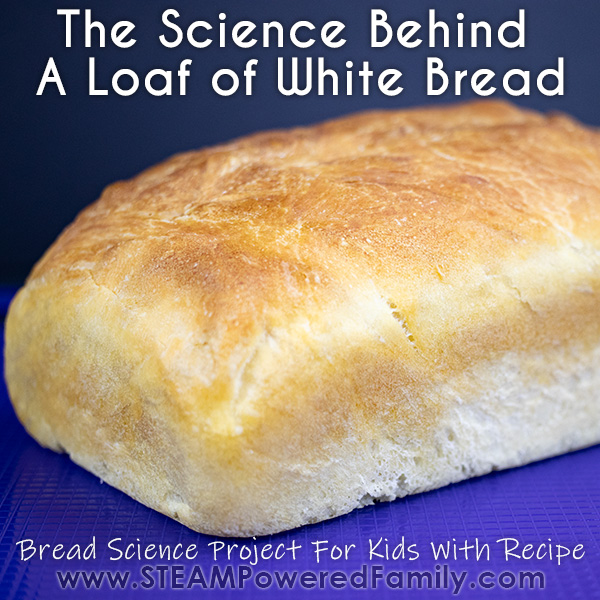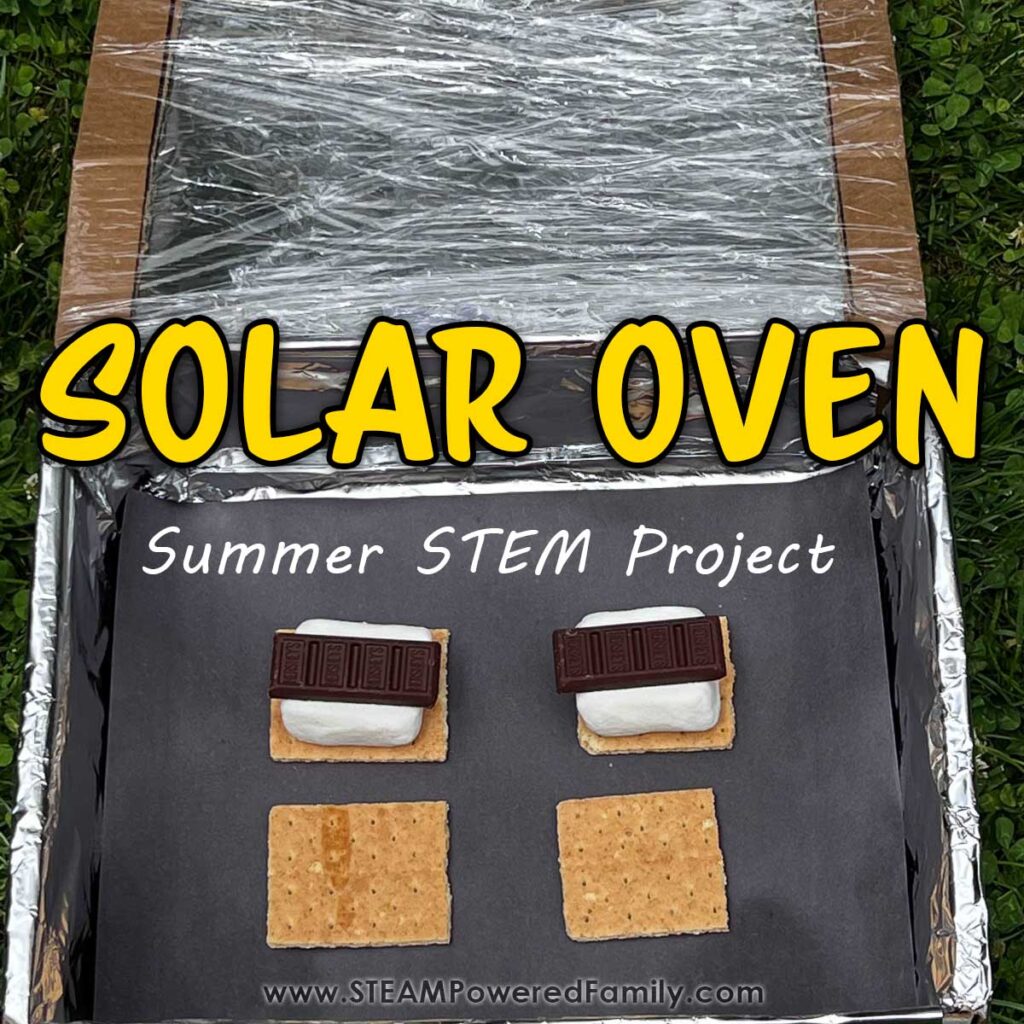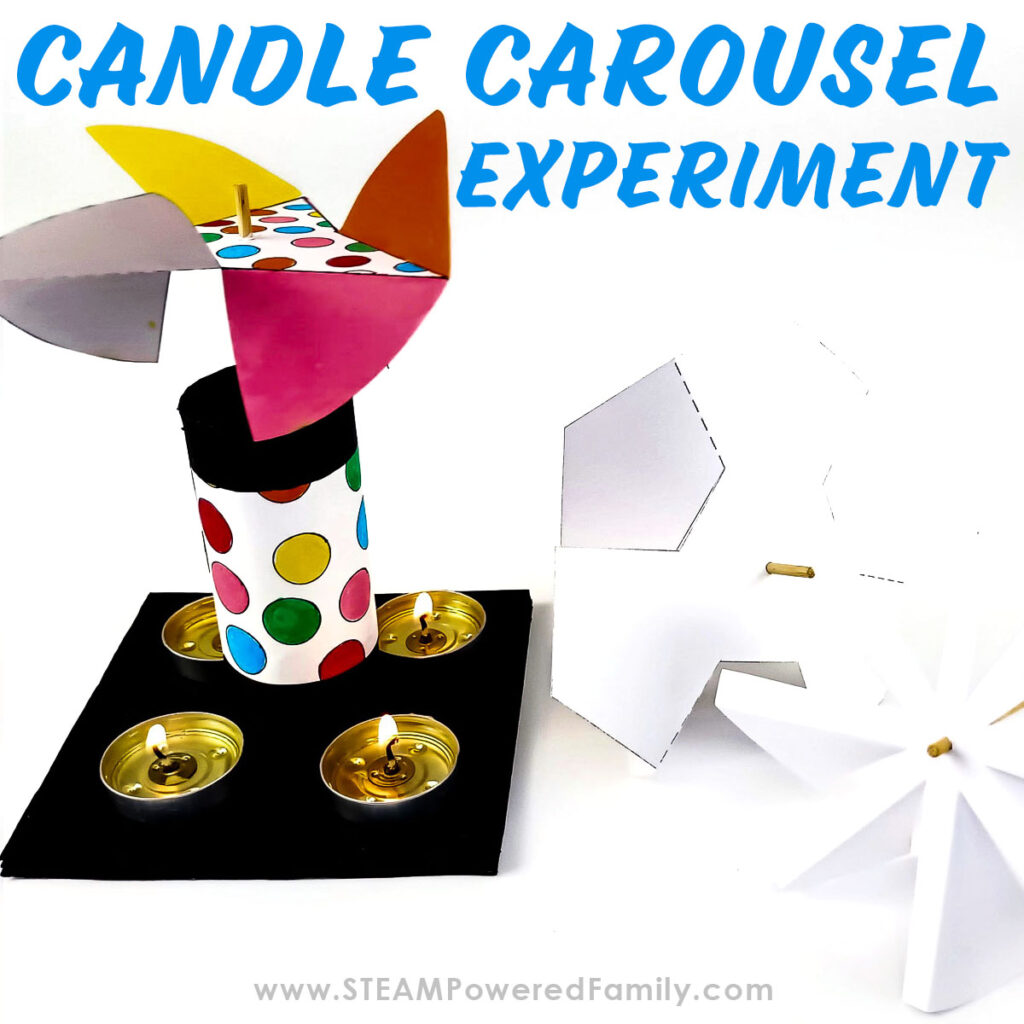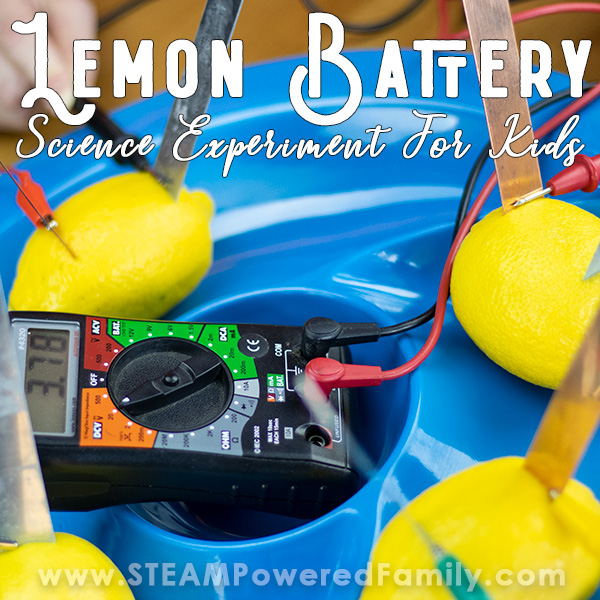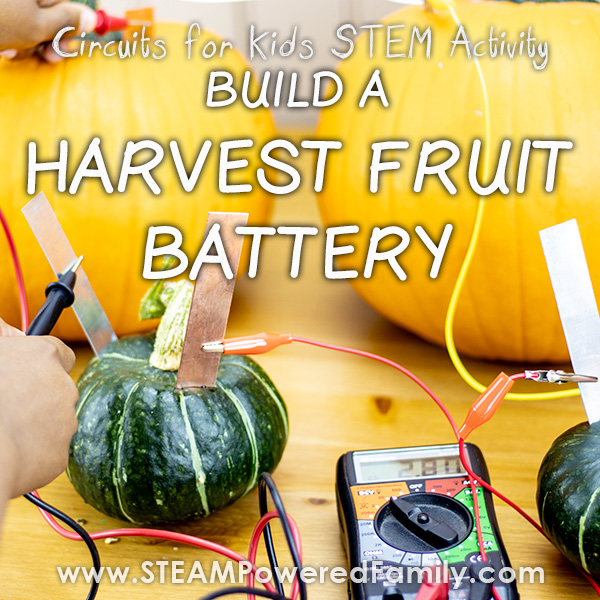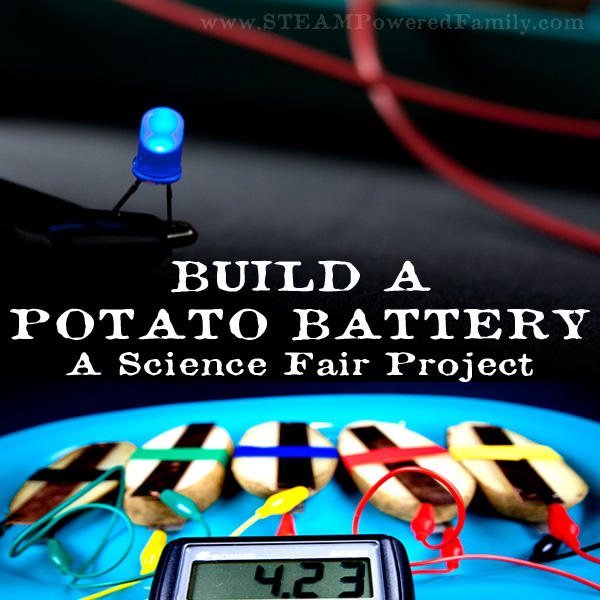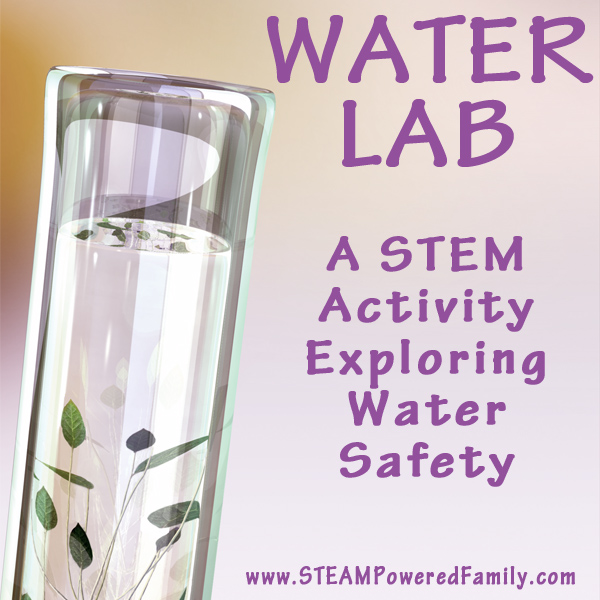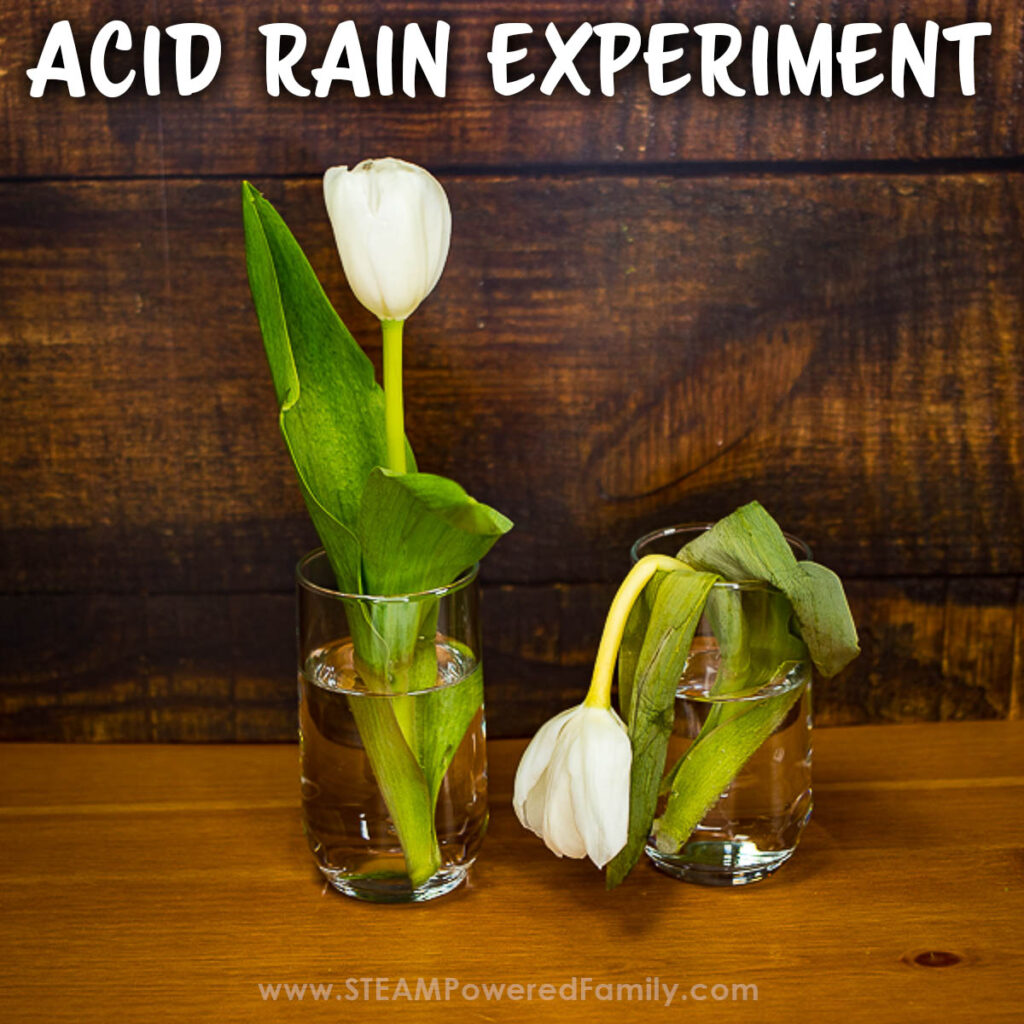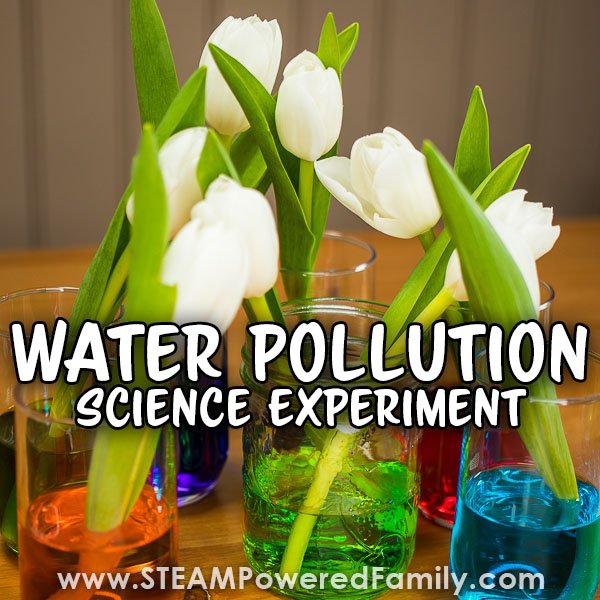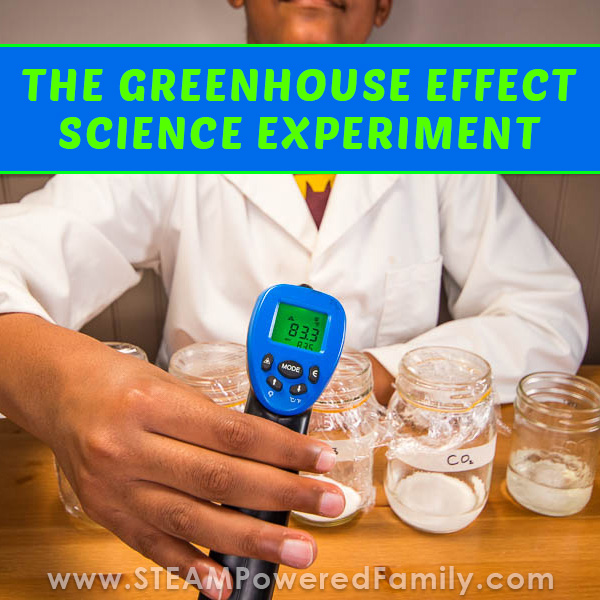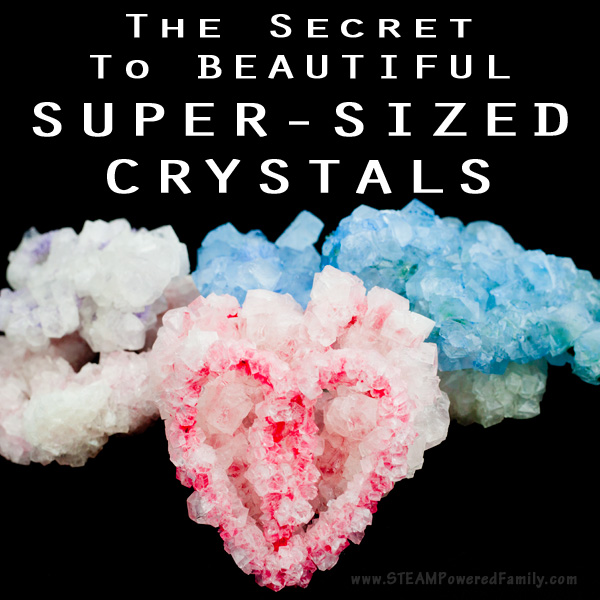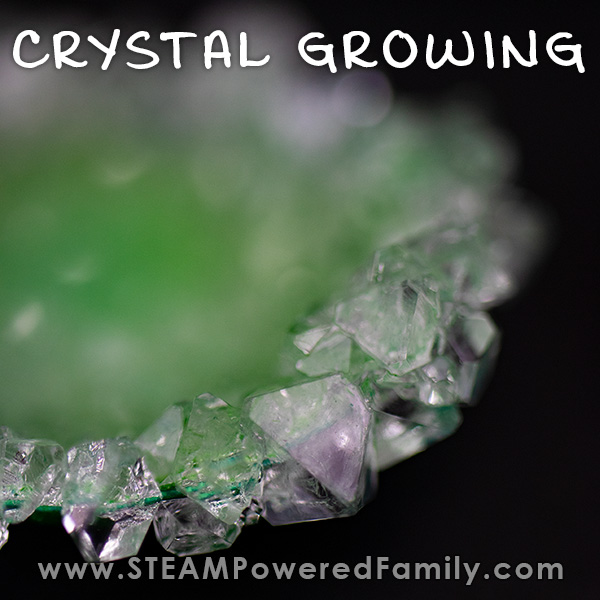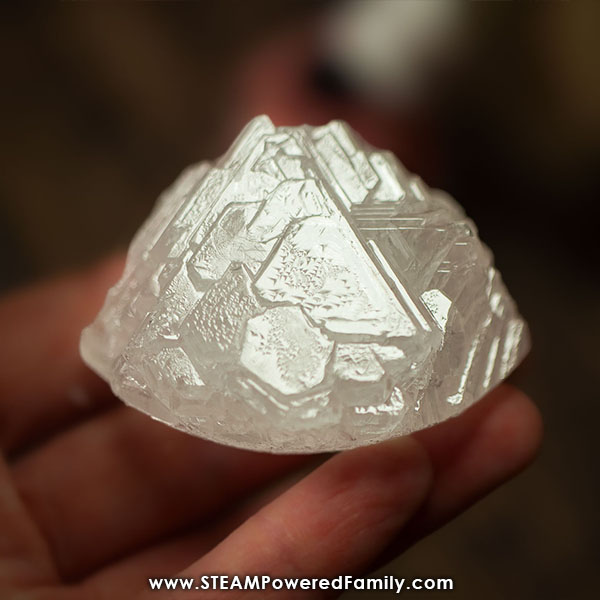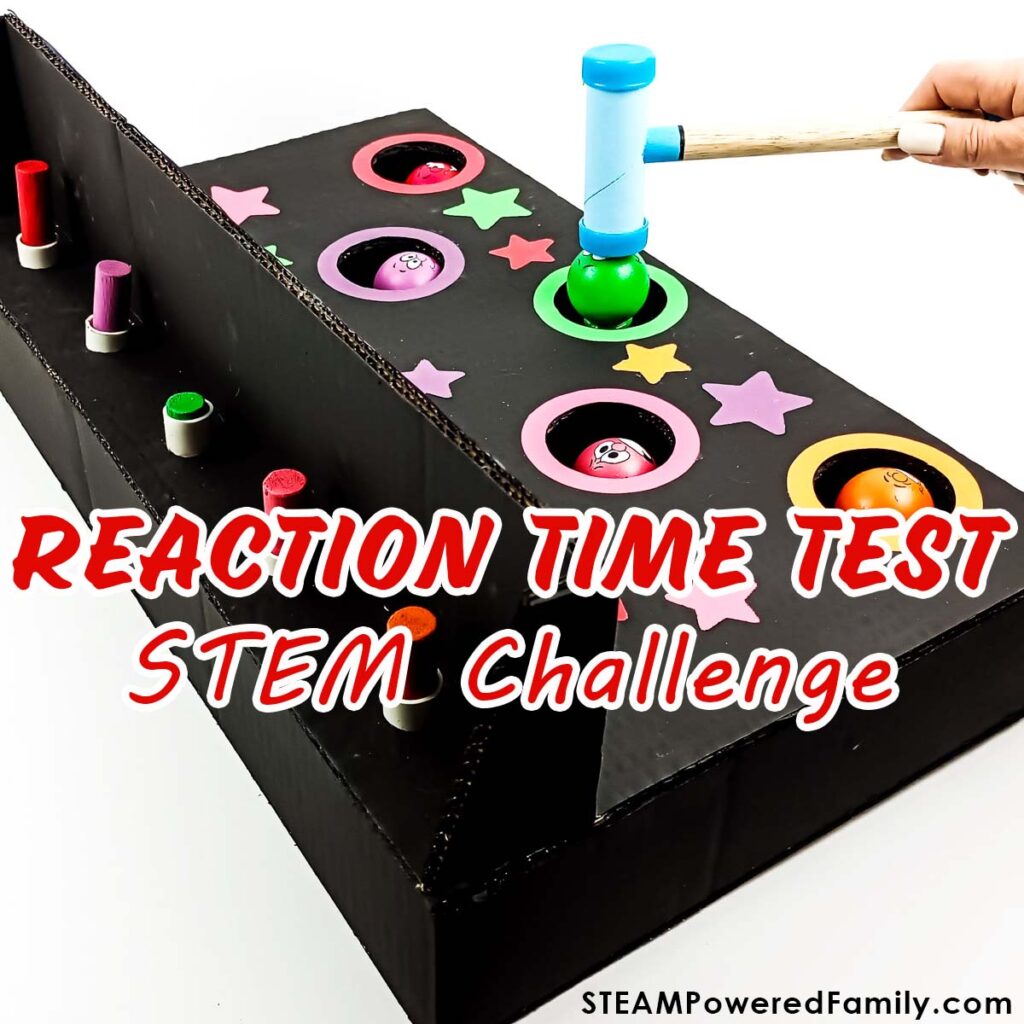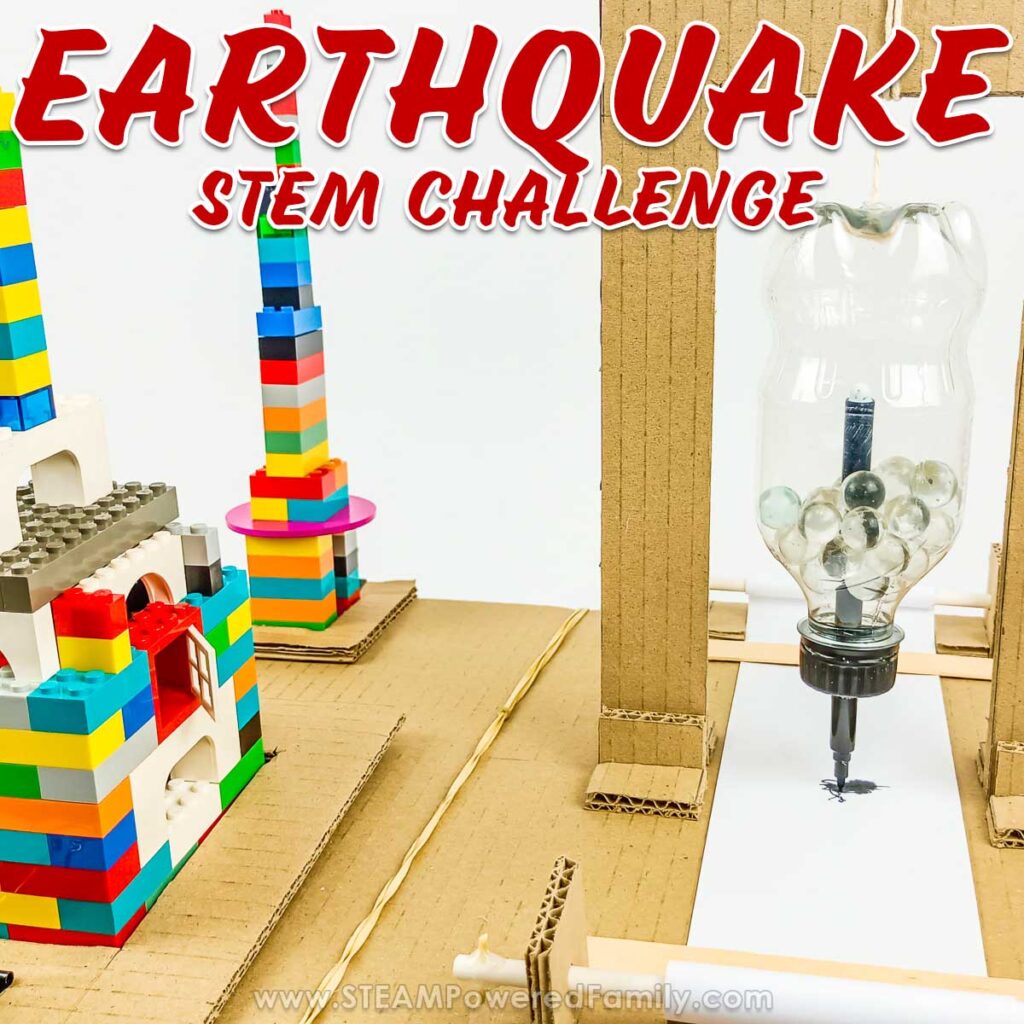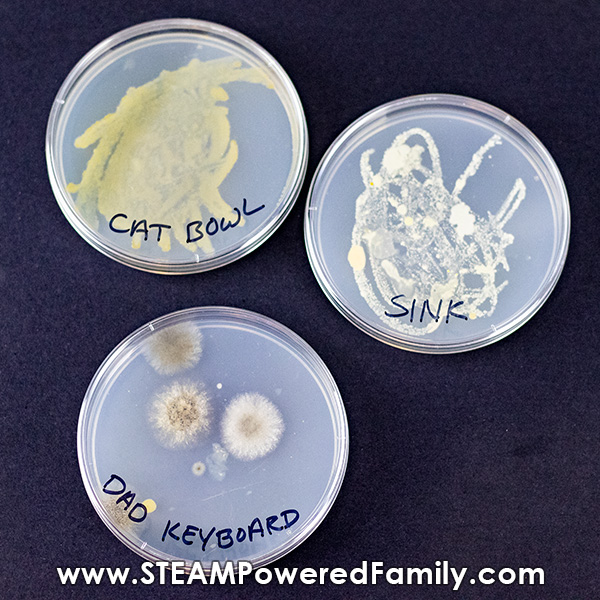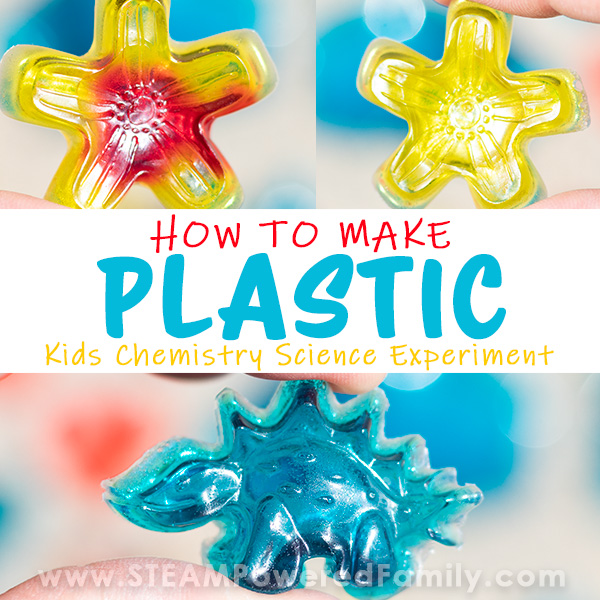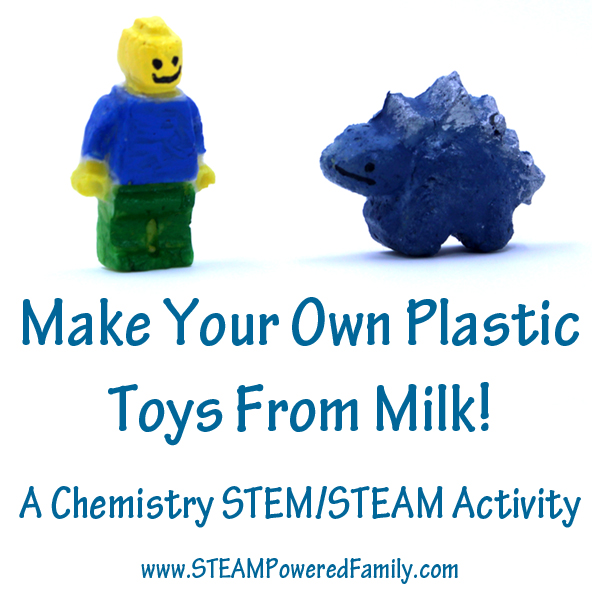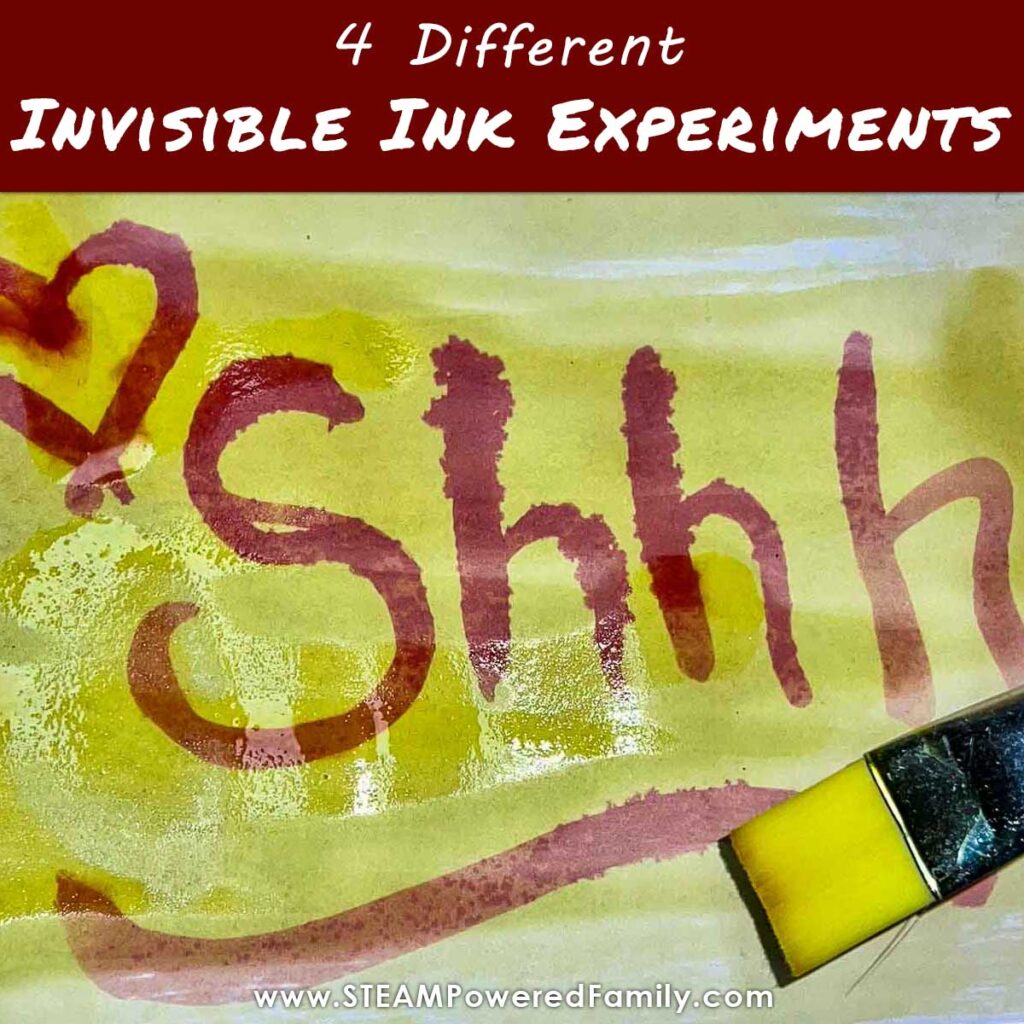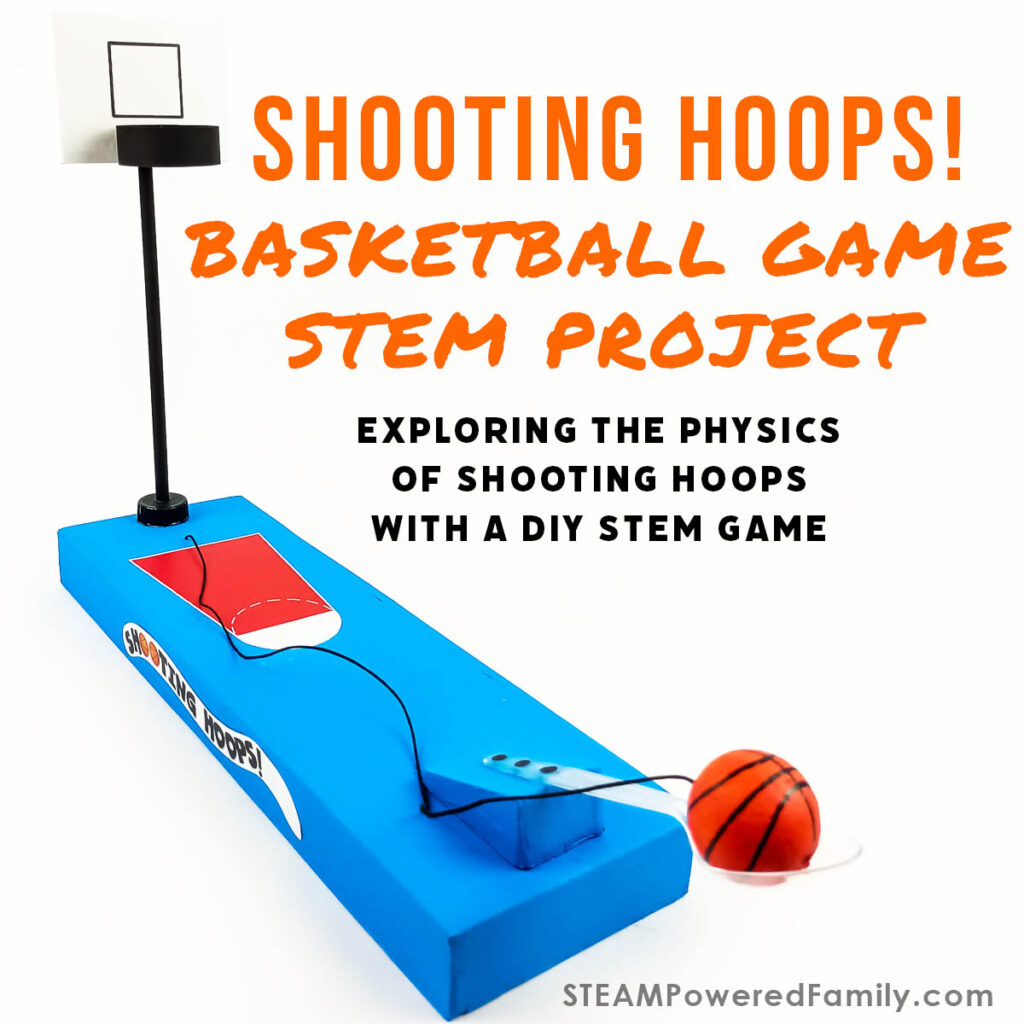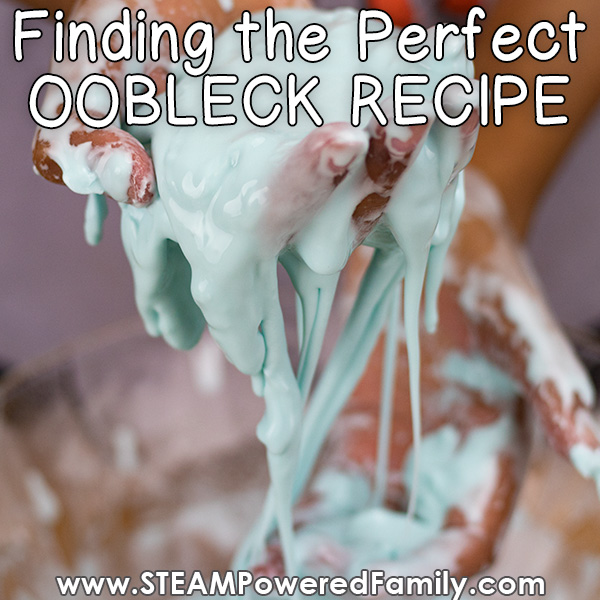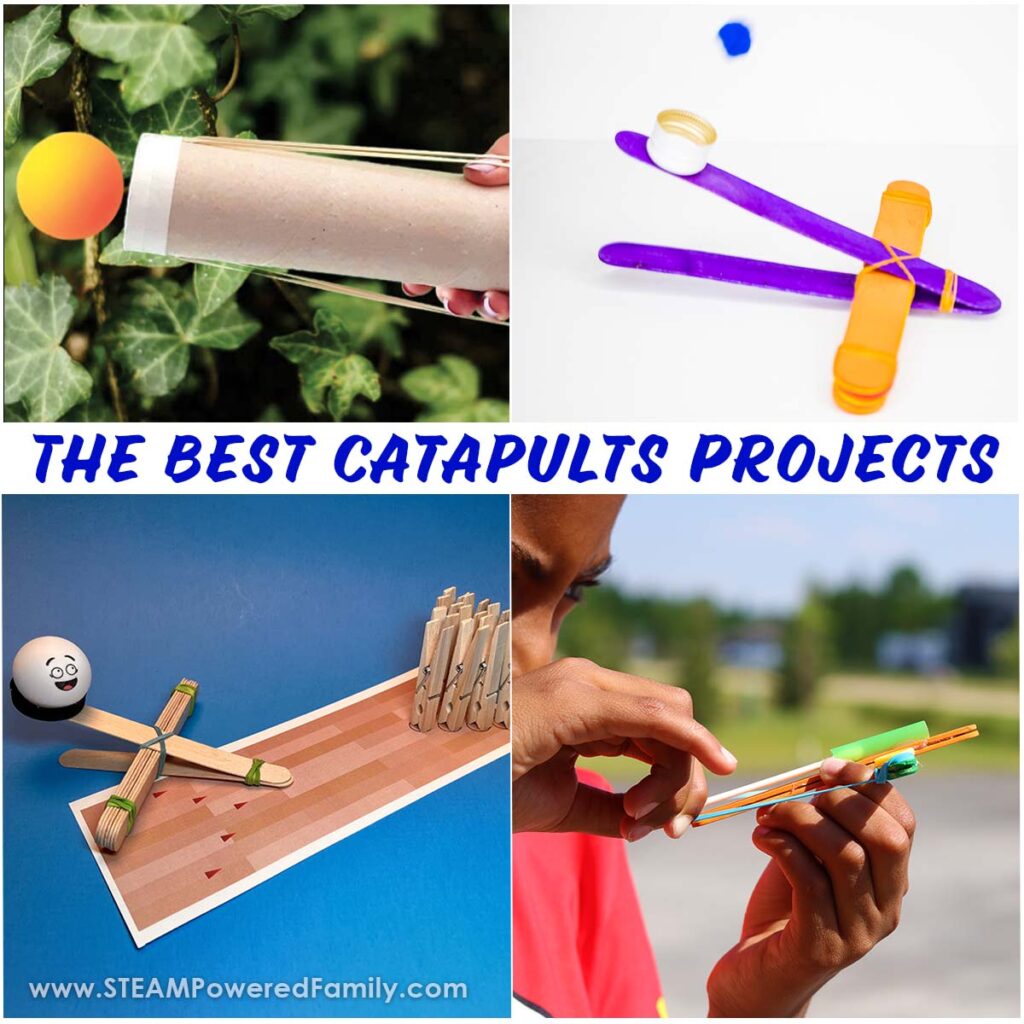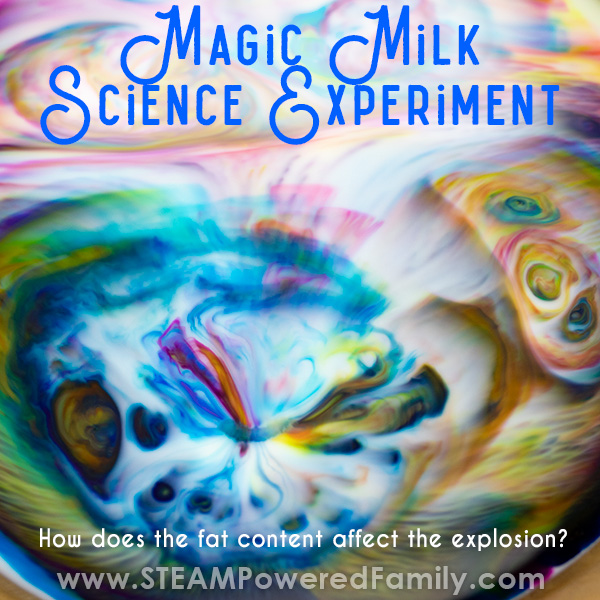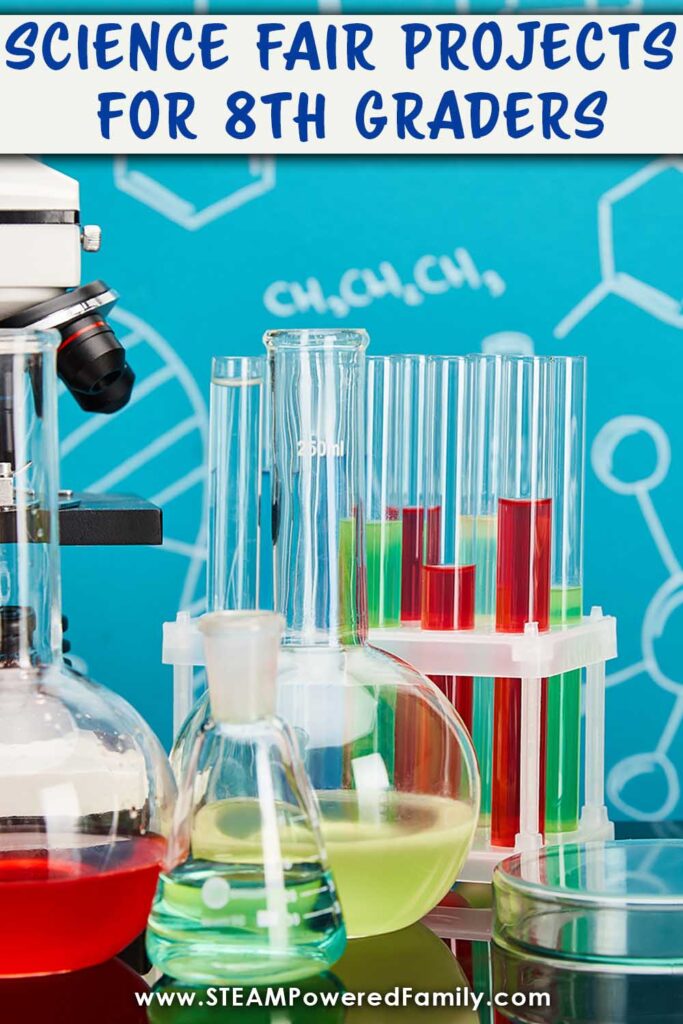Science Fair Projects for 8th Graders
The 8th grade science fair is not just another school event, it’s a rite of passage in the academic journey of students that lets them really spread their wings and discover their passions. It’s a unique event where curiosity meets scientific rigor, setting it apart from the science fairs of earlier grades. By 8th grade, students are often ready to bring a maturity and depth of understanding that elevates their projects from the simple demonstrations seen in earlier science fair projects, to explorations of complex concepts. This is where we start to see our change makers emerge! Get ready to let that curiosity and passion flourish as we tackle the the Science Fair for 8th Graders!
Unlocking the Wonders of Science
The 8th Grade Science Fair
Disclaimer: This article may contain commission or affiliate links. As an Amazon Influencer I earn from qualifying purchases.
Not seeing our videos? Turn off any adblockers to ensure our video feed can be seen. Or visit our YouTube channel to see if the video has been uploaded there. We are slowly uploading our archives. Thanks!
How the 8th Grade Science Fair Is Different
In contrast to the earlier grades, the 8th grade science fair demands a higher level of rigor and scientific inquiry. Middle school students are expected to delve deeper into the scientific method, showcasing not just their results but also an understanding of the experiment process and implications. The projects at this level often involve greater innovation, more sophisticated materials, intricate methodologies, and an expectation of greater autonomy in the research process.
Now this doesn’t mean parents won’t be involved, but unlike earlier years when the science fair projects were a family affair, grade 8 is when students should be more independent when it comes to their projects. Let them take the reins and really take ownership of this project.
We are in middle school now, and it is the perfect time for students to start identifying areas they may want to study, or even possibly pursue as a career. We want our teens to embrace discovery and curiosity through learning. The science fair project is an opportunity to test the waters of future fields of study, without any commitment beyond this one project. So let them explore and get excited!
Unique Science Fair Project Ideas for 8th Graders
Finding the perfect project for the Grade 8 Science Fair can feel challenging, but the best place to start is by looking at the curriculum. What are you studying and learning about this year? In many school districts, 8th grade covers:
- the human body and life systems,
- machines, structures and mechanisms
- matter,
- energy and energy transfer,
- Earth sciences
- space
Take a look at the curriculum and see what interests you. Your passion and curiosity for a project will definitely show. So make sure you pick something that gets your creative juices flowing!
Want more ideas? Here are a few science fair ideas from the STEAM Powered Family archives that are perfect for 8th graders.
The Chemistry of Food
Exploring how different ingredients or processes affect food is a fascinating topic for aspiring chefs and bakers. They can dive into how different temperatures affect the crystallization of sugars in candy making, or maybe explore how different flour or yeast affects bread making, or dive into the world of cookies and see how different temperatures of butter affect the cookies. The best part of these experiments is that you also get to eat them!
Solar Oven
Heat transfer and energy transfer are a common subject matter in 8th grade. In a Solar Oven Project students combine physics, environmental science, and a bit of culinary fun. Build a solar oven using simple materials like cardboard boxes, aluminum foil, and plastic wrap. The objective is to understand how solar energy can be harnessed and used for cooking. The best part with this project is making some delicious treats like s’mores or pizza.
Build a Candle Carousel
This physics experiment and STEM project challenges students to come up with different designs to find the most functional rotor design for a windmill powered by candles. Students will learn about thermodynamics and aerodynamics as they test different designs with their Candle Carousel.
Homemade Battery
Chemistry and physics come alive in this project. Using items like lemons, pumpkins, or potatoes, copper coins, and zinc nails, students can create their own batteries. This experiment teaches about chemical reactions and electrical circuits. Plus, it’s always thrilling to see a small LED light up from power generated by fruits or vegetables.
Water Filtration System
This is a great project for budding environmental scientists. Start by doing a Water Quality Analysis on local water sources by testing for pH and pollutants. Then investigate how to purify or filter water using various materials like sand, gravel, and charcoal. It’s a practical exploration of environmental engineering and raises awareness about the importance of clean water.
Plant Growth with Different Liquids
Perfect for those interested in biology and botany. Here, students can grow plants and water them with different liquids (like water, milk, juice, etc.) to see the effects on plant growth. It’s a simple yet effective way to understand plant biology and the importance of proper nutrients. We conducted two experiments, one experiment explored the impact of acid rain and the other experiment looked at water pollution.
The Greenhouse Effect
Another great project for students interested in environmental sciences is to explore the Greenhouse Effect. We conducted an experiment that demonstrated the Greenhouse Effect, but what can you come up with to combat these heat trapping molecules?
Crystal Growing
A project that is stunningly beautiful and educational… growing crystals! This science fair project is perfect for budding geologists and rock hounds. By creating crystals using substances like borax, salt, sugar, or alum, students can learn about saturated solutions and the process of crystallization. It’s a bit like magic, watching these beautiful structures form over time. Turn it into a science fair project by exploring how different ingredients form different crystalline structures, or maybe how heat affects crystal formation. We did a version of this project idea as part of a Christmas Crystal Gnome Project that could easily be changed into a Science Fair Project.
Reaction Time Testing
One of the subjects covered in most 8th grade curriculums is the human body and one facet of that is exploring reaction times. There are a few different ways you can explore reaction time, including what might affect reaction times. Perhaps explore whether being hungry or overly full affects reaction times. Maybe time of day. Or reaction times with a dominant hand versus non-dominant. You can have a lot of fun with this reaction time science fair project and turn it into an interactive demonstration that science fair goers will love.
Homemade Seismograph
Constructing a basic seismograph using simple materials can be a fascinating project exploring the effects of earthquakes. This allows students to record and understand seismic activities, tying in physics, earth science, and engineering (by exploring how to earthquake proof buildings).
Analyzing Microbial Growth on Different Surfaces
This project involves swabbing various surfaces and culturing the bacteria in petri dishes. Students can study microbiology, learn about hygiene and public health, and even delve into data analysis by comparing growth rates. They can also explore how different soaps impact bacteria growth.
Bio-Plastics from Household Ingredients
This project explores the creation of biodegradable plastics using common kitchen ingredients like gelatin, or milk. It’s an innovative way to discuss sustainability, environmental science, and chemistry, especially in the context of reducing plastic waste. Take this topic even deeper for the science fair by exploring the biodegradation of the different bioplastics you make. Compare how these bioplastics break down to provide insight into environmental sustainability.
Invisible Ink
For students who love history and sleuthing, they will enjoy doing an Invisible Ink science fair project where they can explore the different ways to make invisible ink. This can provide a fascinating opportunity to combine historical studies with chemistry.
Basketball and the Perfect Shot
For your sports loving kids, explore creating a project that allows them to dig into the physics and science of sport. In our project, we looked into the science behind basketball and getting the perfect basket. By building a basketball model we created an interactive experience that was both educational and fun.
Oobleck – Exploring Matter
A fun way to explore matter as part of your science fair project is to test different types of Oobleck. Oobleck is a non-Newtonian Fluid and makes a fascinating study in matter. Does the perfect oobleck recipe exist? See what you find!
Launch the Fair with Catapults
There is so much you can do with Catapults at the Science Fair. These simple machines are a great way to really launch learning and fun at the fair!
Magic Milk Investigation
The best science fair project ideas come from asking, “what would happen if…” In this case, we wondered what the impact would be on the fat content of the milk on the Magic Milk colorful reactions. The results were really fascinating!
Crafting a Winning Science Fair Project
Once you have picked your project, you might be wondering how to make it the best Science Fair Project. Here are a few of our best tips, but if you need more more guidance visit our resource on Elementary Science Fair Projects or our Guide to the Science Fair.
The Question
Every great Science Fair Project begins with a question that piques your curiosity. Choose something you’re genuinely interested in exploring.
Research Thoroughly
Go beyond Google, you need to dig in and really research your topic. Go to the library, contact professional organizations, and talk to experts in the field. Well conducted research may open up even more exciting and innovative approaches you can take with your idea. Make sure you understand the science behind your project. The more you know, the better you can design your experiment and interpret your results.
Make a Plan and Document Meticulously
Just like you would make an outline for an essay, spend time creating a plan for your project. Then make sure you detail every step of your experiment. Be meticulous in your approach. Ensure you record all the steps, every part of your process, and your findings accurately.
Think Outside the Box
Innovation is key. Don’t be afraid to try something new or take a different approach to a common problem. Remember all that research you did, get creative and see what you can bring to the research from your unique perspective. Maybe you can solve a problem and become a changemaker!
Focus on the Presentation
How you communicate your findings is just as important as the experiment itself. Create clear, concise displays and practice explaining your project in a way that’s both engaging and informative. One tip I love is to video tape yourself doing your presentation. This can help you fine tune until it is perfection.
This reminds me… proof! Make sure you have proofed everything numerous times for any errors. Get someone you trust to also proof your materials to ensure they are mistake free. This includes your report, displays and any other materials you create to go with your project.
Anticipate Questions
You are the expert on your project. Be ready to answer questions about your methodology, findings, and the implications of your investigations. The better you understand your work, the more confidently you can discuss it. My tip is to get your family or friends to watch your presentation and ask questions. You can even send the video of your presentation to get their feedback to help you prepare for those questions.
The 8th grade science fair is more than just a bunch of experiments, it’s a platform where young minds learn to question, explore, and innovate. By embracing the challenges and opportunities it presents, students not only gain valuable scientific knowledge but also develop skills in critical thinking and problem-solving that will serve them well in their future academic and professional careers. Most of all, use this as an opportunity to develop those passion projects, foster a love of learning, and embrace curiosity!


